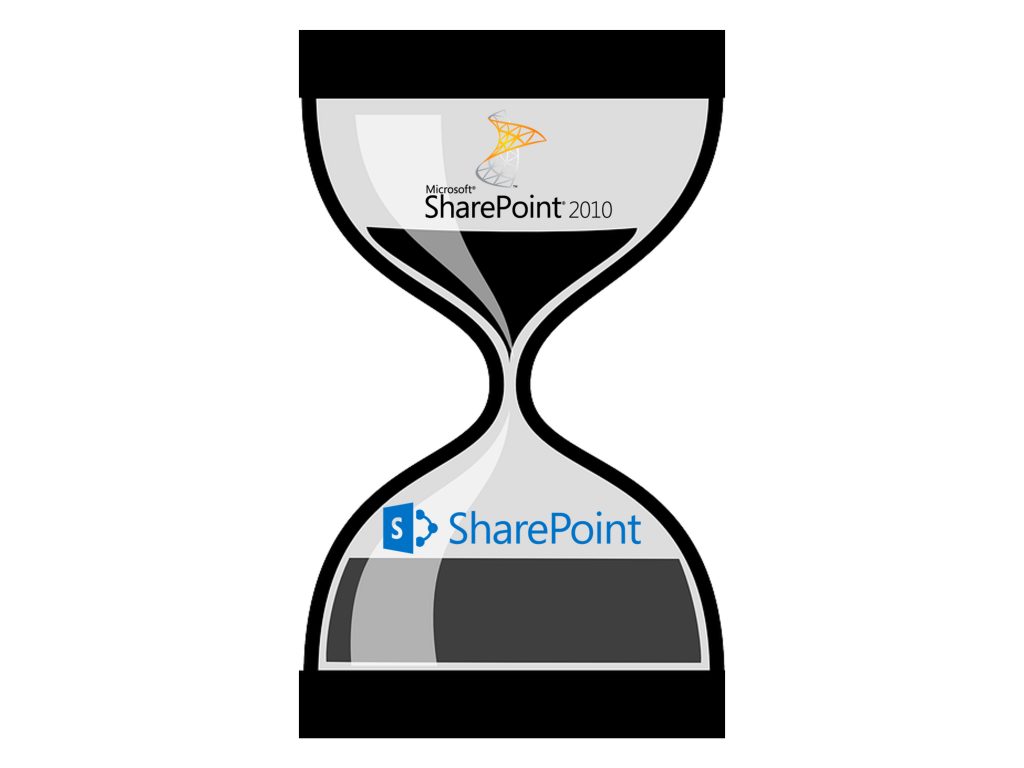The managers and teams who run intranets are critical to intranet success. In our experience, behind every super intranet, youll find a set of intranet super heroes who are going beyond the call of duty to increase collaboration, drive communication and help employees get thing done!
Many IT teams will be considering options and planning with a budget to move to supported environments. There are some who will choose to accept the risks and plow ahead with other priorities. For the Intranet manager still bound to 2010, the opportunities are great and the time to act is now.
Are there still many people using older versions?
In 2017 the SharePoint and Office 365 Industry Survey by Sharegate, Hyperfish and Nintex, looked at the SharePoint versions deployed in around 450 of their customers. The results show a strong growth in the deployment of SharePoint Online (167% from 2016 to 2017). In addition, they also indicate that there are still a lot of people on older versions of SharePoint.
These numbers are similar to other surveys I have seen and are certainly in line with what we experience among many of our customers, particularly the larger ones.
What are the risks of running unsupported SharePoint?
In some cases, the risk of running on unsupported software is acceptable. If youre not changing anything and not connected to anything; that may expose you to new security risks, then it may be acceptable to delay an update.
You should however, make management aware that there are risks and certainly costs associated with running unsupported environments.
But if we intend to be up-to date, what then?
If updates are on the agenda, then there are opportunities. For a start, this is the chance to consider whether you want to be cloud based, on premise or hybrid for the next few years. Whatever you choose, you can consider several different solutions.
The lift and shift
You can upgrade what you have, although this isnt always as easy at it sounds. In this case, youre likely to need the help of third party tools to reduce the pain. The benefit of this solution is the business doesnt really get involved beyond checking their sites have moved correctly. You get what you have, warts and all.
The spring clean
Before you carry out your lift and shift, you look long and hard at your environment and decide what you can throw away. This usually involves quite a lot of business engagement and organization, but its a great way to get rid of out of date and ownerless material.
The fresh start
You build everything new and migrate what you need into a nice new environment. This gives the opportunity to make use of some of the great new features and possibilities. Intranet projects dont have to be the monsters we had a few years ago, its getting easier to get real business value of the box.
The flagship and scrapyard approach
Just like the fresh start, you want to build some new things and get the most out of the tools for your business, but that doesnt mean that you need to build everything new. Its fine to build a few fantastic examples that people want to be part of and are motivated to use, while in parallel freezing new requests in your old environment. However, its not always a crime to keep the information in the older systems for just a bit longer. As always Intranet managers need to:
- Deliver value
- Balance budgets
- Reduce risk
- Reduce business effort and find the right pace for your organization
… and if you get the chance; transform the organization just a bit at a time.
Is this the opportunity to take the next step to the employee engagement you always dreamed of?
It could be… and maybe your IT team is already helping to make the business case for the investment on your behalf. If they are planning to upgrade the old system, you may be able to cooperate and get more out of 2019 than you thought. Whatever you choose to do, youll need to get your budget application sorted out this year… time for a coffee with the CIO?
The original article was published here


